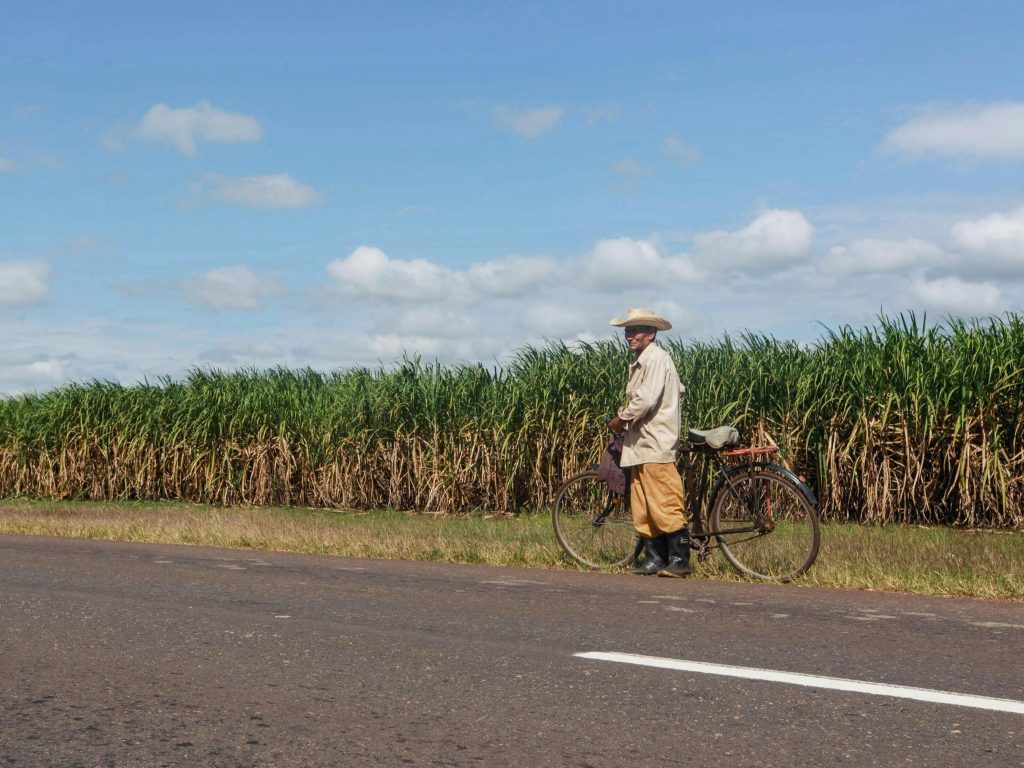
From Farms to Factories: Africa’s Agricultural Renaissance
Agriculture has always been the cornerstone of Africa’s economy, employing over 50% of the continent’s workforce. Yet, despite its importance, the sector contributes only 15% to Africa’s GDP. This disparity underscores a sobering reality: much of African farming remains low-tech, small-scale, and unproductive. But as global food demand is set to rise by 70% by 2050, Africa’s vast fertile lands could become the world’s breadbasket—if it manages to overcome persistent challenges.
Ethiopia offers an inspiring example of what’s possible. Through initiatives to transform smallholder farms into commercial enterprises, the country has doubled yields for staple crops like maize and wheat. By introducing better irrigation systems and high-yield seeds, farmers like Bereket Assefa have moved from subsistence farming to exporting surplus grain. “I never thought I’d be selling to international buyers,” Bereket says. “Now, I’m feeding not just my family but others around the world.”
However, these success stories are far from universal. Across the continent, less than 4% of farmland is irrigated, compared to 14% globally. Post-harvest losses are another pressing issue. In Nigeria, nearly 40% of agricultural produce rots before it reaches markets due to inadequate storage and transportation infrastructure. Investment in cold storage, improved road networks, and efficient logistics could revolutionize the sector, but progress has been slow.
Digital technology is emerging as a potential game-changer. For instance, a platform called Twiga Foods in Kenya is connecting farmers directly with urban markets, cutting out middlemen and increasing profit margins. platforms like this also provide farmers with valuable market insights, enabling them to make informed decisions about what to grow and when to sell.
Another critical area is policy reform. Land ownership in Africa is often fragmented, limiting economies of scale. Governments must streamline land policies to encourage investment in larger, more productive farms. Additionally, access to credit remains a barrier for many farmers. Less than 10% of smallholders have access to formal financing, hampering their ability to invest in better equipment and inputs.
The private sector is stepping in to fill some gaps. Multinational firms like Olam and Unilever are investing in sustainable farming initiatives across Africa, working directly with farmers to improve productivity and ensure better access to global markets. Yet, these efforts must be scaled significantly to meet the continent’s vast potential.
For Africa to achieve its agricultural renaissance, a holistic approach is needed. This includes investing in education and training to equip farmers with modern techniques, improving access to affordable financing, and leveraging technology to enhance productivity. The benefits would be immense: not only could Africa feed itself, but it could also become a key player in global food security.
As Bereket puts it, “Agriculture is not just about survival anymore. It’s about transformation.”